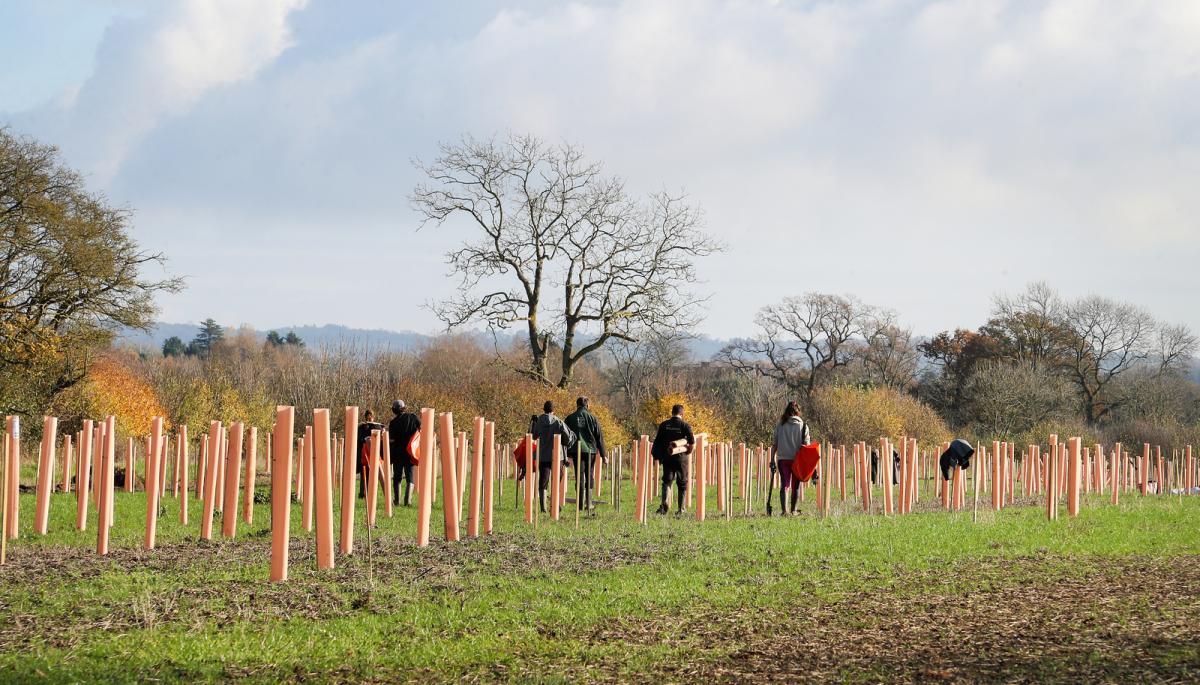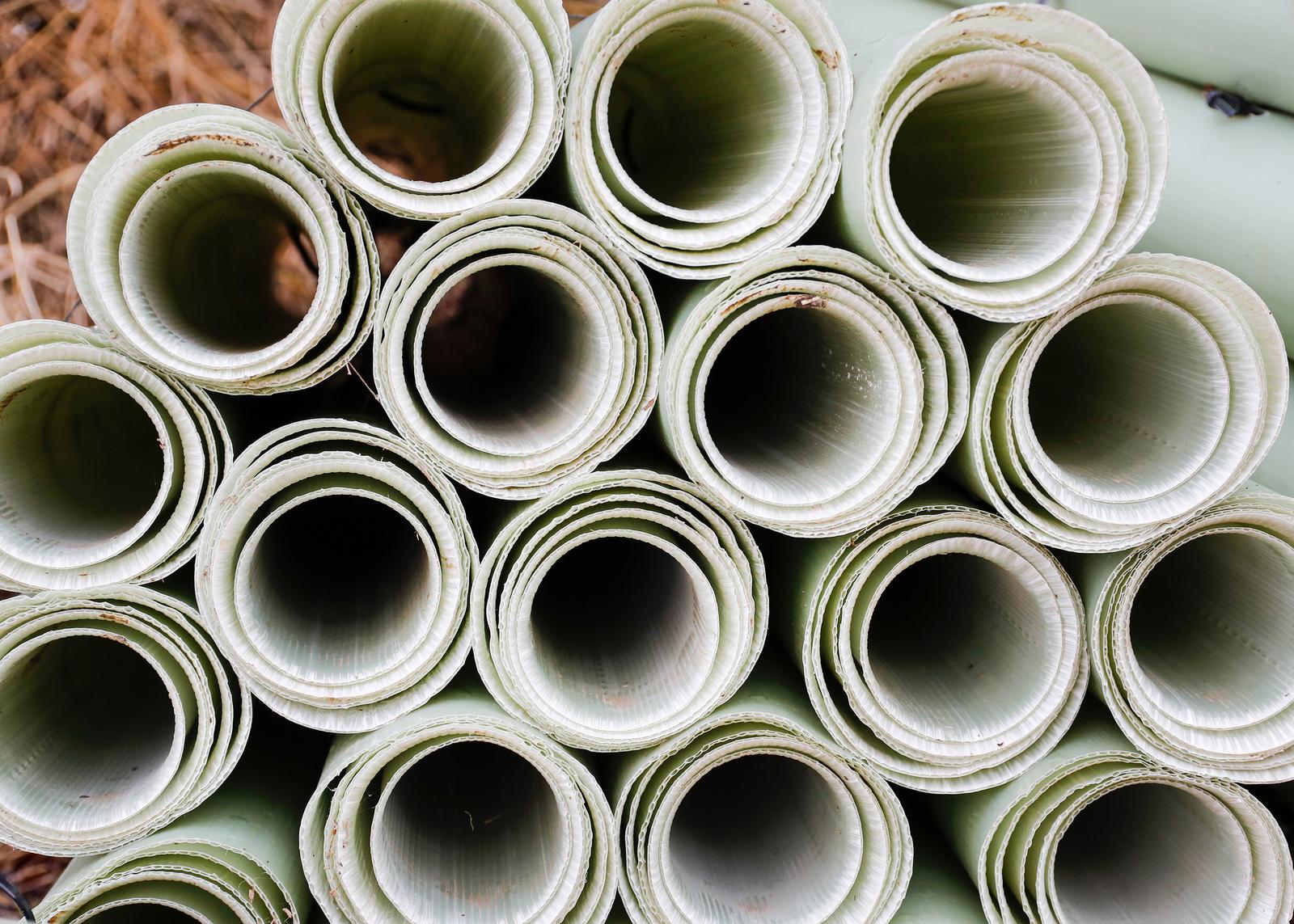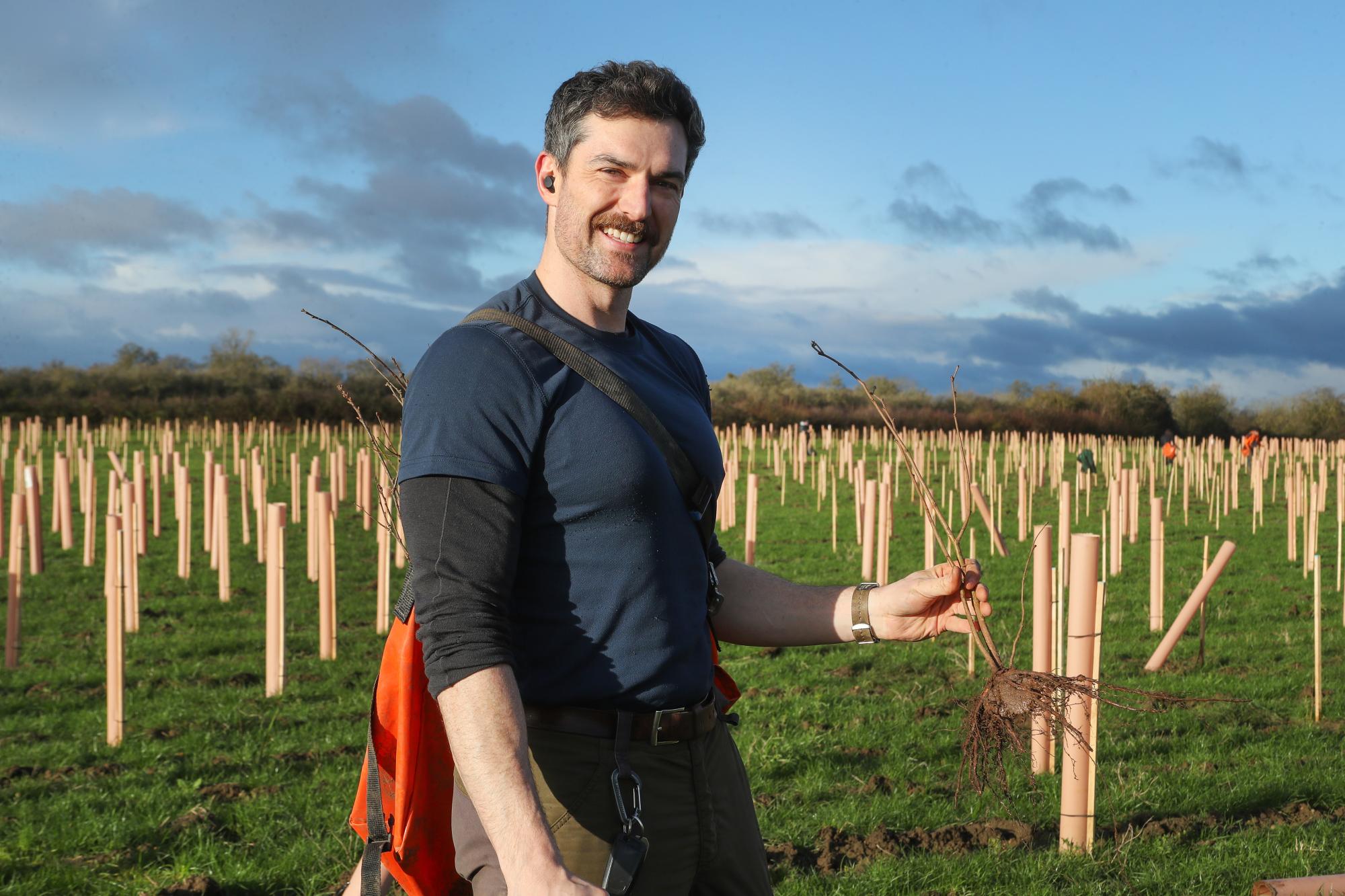
Innovation and sustainability in forestry
As a conservation charity dedicated to creating and preserving a huge broadleaf forest for the benefit of the environment, wildlife, and people in the very heart of England. It is important to us that we can ensure a more responsible approach to reusing and recycling plastic products in our daily operations.

Protecting what we plant
One of the biggest plastic reduction challenges any woodland establishment and conservation organisation faces is the use of tree guards. Tree guards perform many roles within a forest; they provide a microclimate to encourage saplings to become established quickly, let in light to enable the trees to photosynthesise and grow, and protect the young trees from browsing by mammals such as deer, but also hares and voles.
However, there are many ways in which we are working to reduce the use of plastic tree guards and the impact they have on the environment.

Responsible use of plastics
When it comes to the responsible use of plastic tree guards, we work on a reduce, reuse, remove, recycle basis.
Reducing, reusing, and recycling plastic tree guards
Where possible, we are reducing the use of plastic tree tubes by using deer fencing to protect trees. We reuse tubes where we can, and when we can’t, we recycle all our tubes. We now only buy recyclable tubes, and we have stopped the use of tree spirals as there are no recyclable alternatives for these.
A local tree shelter collection and recycling hub
The Heart of England Forest is now partnered with Tubex, and we are one of their tree shelter collection and recycling hubs. You can read more about the programme here and scroll down to see the Heart of England Forest on the map!
"As we continue to serve the forestry, landscaping, viticulture, and fruit markets globally with the most comprehensive plant protection portfolio, our commitment to pioneering innovation and sustainability remains steadfast so we can continue advancing growth for our planet." - Tubex.
Removing plastics from the Forest
Any plastic tree guards that are used within the Heart of England Forest are collected by our team and volunteers when they are no longer needed.
Whilst guard removal is an activity which can be done throughout the year, collecting up these piles of guards, often in more remote locations, requires access by a vehicle. To avoid damaging and compacting our soil structures, which are vital for carbon sequestration and a healthy ecosystem, we do not take vehicles off the tracks in winter months, waiting until the drier weather in the spring when vehicle impact is minimal. You may, therefore, see piles of guards awaiting collection as you enjoy your walks in the Forest.
Occasionally, an enthusiastic dog adopts a guard as a toy, tearing around the Forest with it, leaving it strewn once it has found a more interesting activity. If you see an abandoned, often shredded guard, please do help the Forest ecosystem by taking it home for disposal, or leaving it by the bin in a Forest car park.
Should you be concerned about any plastic waste in the Forest, please let us know at info@heartofenglandforest.org. A What3Words location is very helpful to enable us to identify the exact positioning of the pile of tubes to enable us to collect them up. Thank you for caring about the Forest.
Eliminating the use of tree guards
When it comes to the option of not using tree guards at all, there are many elements we need to weigh up, with our priority being the health and protection of the trees we plant. While studies looking at the long-term impact of planting without the use of tree guards are underway, including those we have undertaken with partners and as standalone research led and funded by the Heart of England Forest team, it will take several years to know whether this is a safe and viable option for us.



